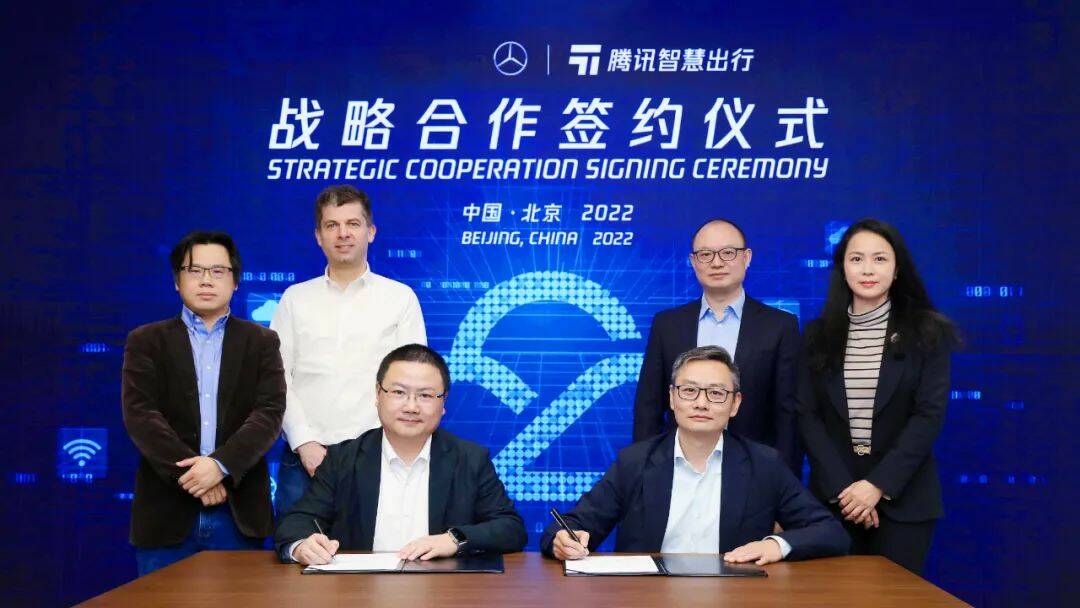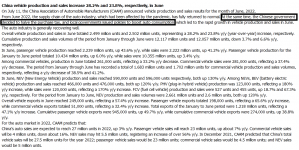Brands Step Up Global Race To Seize Opportunities Against Weakened Japan
July. 11 2022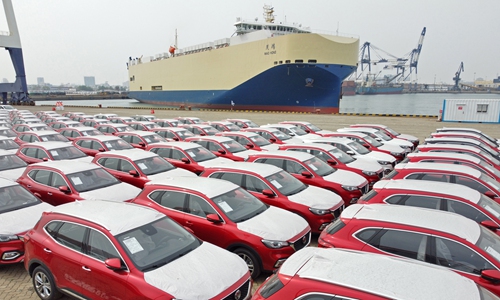
Cars ready for export in Yantai, East China’s Shandong Province Photo: VCG
As Southeast Asian countries seek to seize the opportunity provided by the new energy vehicle (NEV) industry with a series of favorable policies to attract foreign investment, Chinese NEV manufacturers are leading the pack when it comes to driving a new growth. With advanced technologies and complete industrial chains, the entry of more Chinese NEV brands in Southeast Asia will provide more choices for local consumers with more cutting-edge vehicles entering the market, experts said.
On Friday, Chinese electric vehicle manufacturer BYD unveiled its ATTO 3 electric vehicle in Singapore.
“BYD has introduced NEVs, including taxis, buses and trucks, in Singapore since entering the market nearly 10 years ago… and will introduce more vehicles in the ‘garden city,'” said Liu Xueliang, managing director of BYD Asia Pacific, in a press release. launch on the company’s WeChat account.
With Singapore seen as an important market, BYD will gradually enter the Southeast Asian market to provide more environmentally friendly vehicles, Liu said.
Meanwhile, Chinese automaker Great Wall Motor (GWM) announced last week the creation of a subsidiary in Malaysia, strengthening its presence in the region.
GWM will continue to expand its operation in the Malaysian market by increasing investment in the country and carrying out localized assemblies through cooperation with domestic companies, according to a company statement.
Additionally, a handful of other Chinese automakers have increased investment in Southeast Asia in recent years, including electric vehicle startup WM Motor, Chery Automobile Co and SAIC-GM-Wuling Automobile.
Strong demand in Southeast Asia also boosted China’s auto exports. According to data from the General Administration of Customs, China’s electric passenger vehicle exports rose 123.6 percent year on year to 41.83 billion yuan ($6.23 billion) in the first five months of 2022.
While auto production in countries such as the US and Japan has declined due to global shortages of chips and raw materials, China has made up for this global shortfall with increased product competitiveness, according to Cui Dongshu, secretary general of the Association. of China Passenger Cars. .
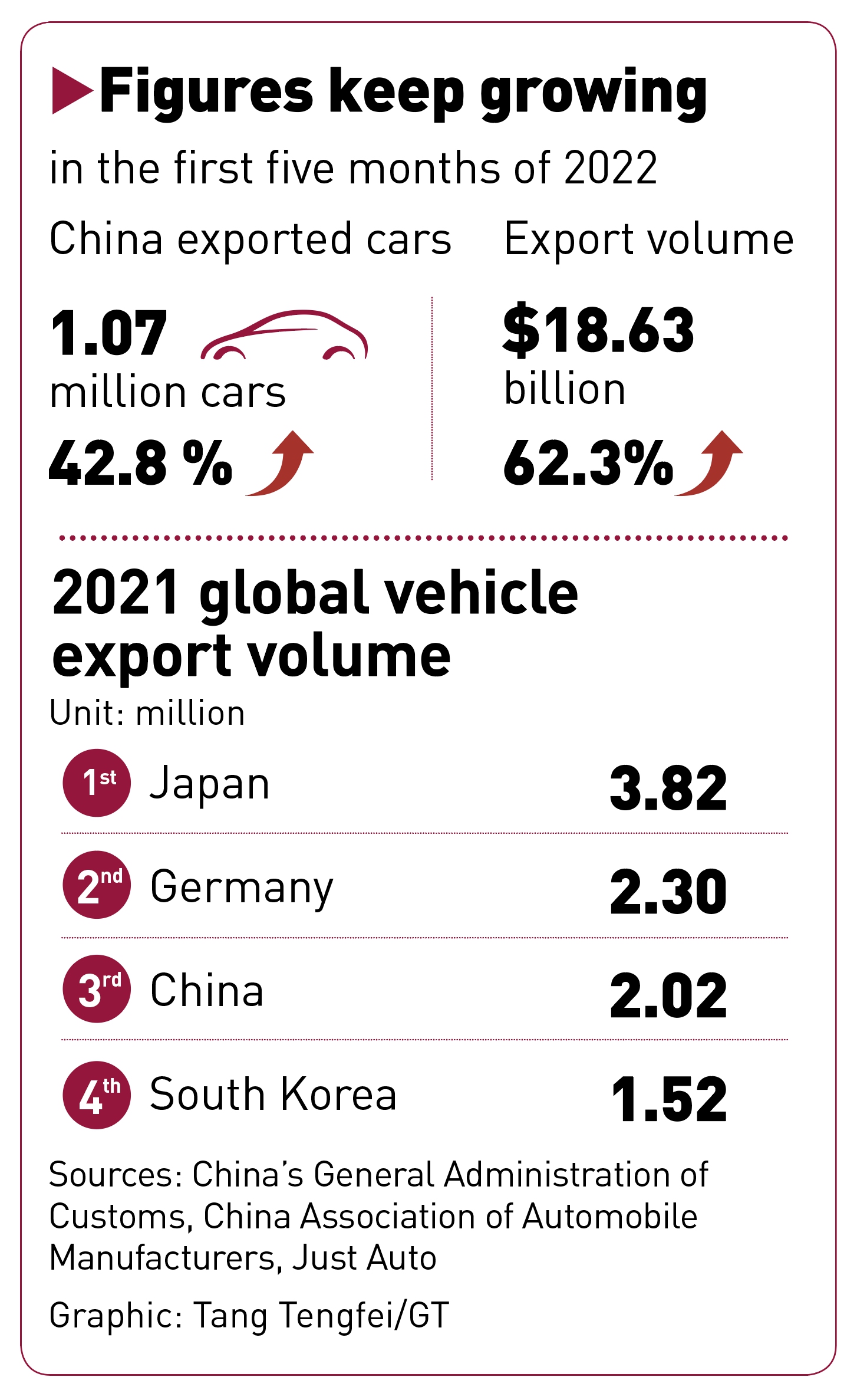
Chart: Tang Tengfei/GT
Policy Support
The NEV market in Southeast Asia is still in a nascent phase of innovation, with the government playing a key role in driving market growth, for example through subsidies and tax rebates, said Mei Songlin, an analyst at Shanghai-based auto industry.
In recent years, Southeast Asian countries have implemented a series of policies to boost the development of the NEV sector and relevant facilities, building a solid foundation for local market development.
In order to attract investment to maintain its status as a car production hub in the region, Thailand has proposed a goal of ensuring that 30 percent of its total car production is electric vehicles by 2030 and that all new cars are electric vehicles. electricity by 2035, according to a statement issued by the country’s Investment Board in November 2021.
In April, the investment promotion agency further expanded incentives to boost the development of the sector by announcing that smaller charging stations will be eligible for three years of tax benefits, in addition to a five-year corporate income tax exemption. years for charging stations with at least 40 chargers.
According to a forecast by the International Renewable Energy Agency, the NEV market will grow to around 10 million units in Southeast Asia by 2025, media reported.
Industrial design
Competition for the emerging market is currently fierce, with Japanese car brands dominating the Southeast Asian combustion vehicle market with a share of around 90 percent, while US electric car maker Tesla has also gained popularity. in the region.
Amid mounting challenges, Chinese NEV brands should adjust their strategies from two aspects, Mei said. “On the one hand, Chinese enterprises should build a unified brand image, such as stylish design, advanced smart technologies, and good value for money. On the other hand, they should strive to become one of the NEV technology leaders.” like Tesla to gain recognition from local consumers through superior quality,” he said.
To seize the opportunity created by Japan’s lagging NEV sector, Chinese brands have started to accelerate their industrial layout in Southeast Asia, including raw material sourcing, research and development, production and after-sales services.
CATL, one of China’s leading electric vehicle battery makers, said in April that one of its units will partner with PT Aneka Tambang and PT Industri Baterai Indonesia on a nearly $6 billion project ranging from nickel mining to battery materials and recycling in Indonesia.
Experts pointed out that the Regional Comprehensive Economic Partnership (RCEP), the world’s largest trade pact, which came into effect in January, will further strengthen cooperation in the auto industry and supply chain between the members, creating great opportunities for Chinese automakers to compete in the Southeast Asian market.
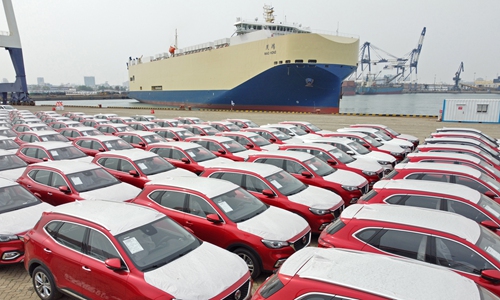
Brands step up global race to seize opportunities against weakened Japan - en-business.psychic-live.club
 en-business.psychic-live.club
en-business.psychic-live.club







